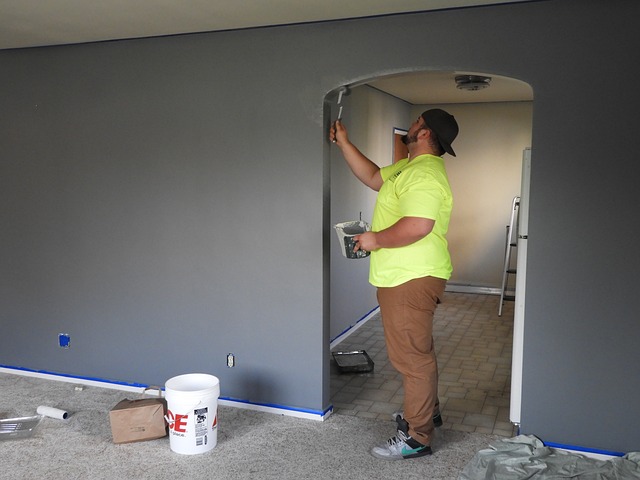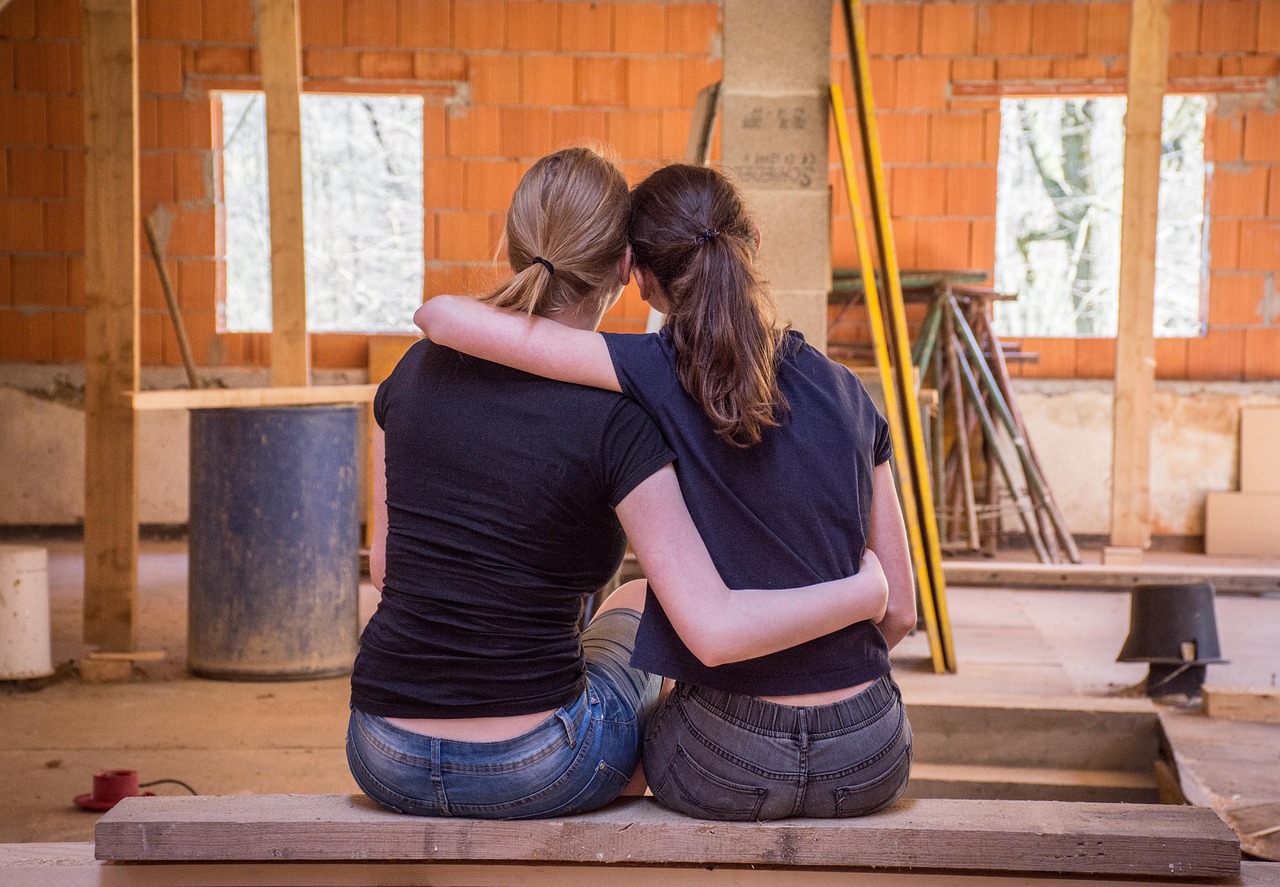Eco-friendly construction practices have gained significant traction in recent years, with a growing emphasis on sustainability and reducing environmental impact. While much of the focus tends to be on above-ground structures, the potential for green building also extends below ground. Often overlooked in sustainable construction discussions, basements present unique opportunities for energy efficiency, resource conservation, and environmental stewardship. Check out energiesparhaus.at/hausbau/keller-nachhaltig-bauen.htm for more details on building basements sustainably. Building an eco-friendly basement involves carefully considering materials, insulation, water management, and energy systems. This article explores the principles and practices of eco-friendly basement construction, highlighting how building below ground with a green mindset can contribute to a more sustainable home.
Choosing Sustainable Building Materials
The foundation of any eco-friendly basement construction starts with the choice of sustainable building materials. Traditional basements often use materials like concrete, which has a high environmental impact due to the energy-intensive processes involved in its production. However, there are more sustainable alternatives available. Recycled concrete or fly ash concrete, for example, offers similar strength and durability with a reduced carbon footprint. These materials are produced using industrial byproducts, reducing waste and lowering the environmental impact of the construction process. By carefully selecting sustainable materials, homeowners can ensure that their basement construction aligns with their broader ecological goals.
Enhancing Insulation and Energy Efficiency
Basements are naturally more insulated than above-ground spaces due to their location below the earth’s surface. However, additional insulation is crucial for maximizing energy efficiency and maintaining a comfortable indoor environment. High-quality, eco-friendly insulation materials such as cellulose, wool, or recycled cotton can further insulate basement walls and floors. These materials are effective at preventing heat loss and have lower environmental impacts compared to traditional insulation options like fiberglass. Proper insulation helps reduce the energy needed to heat or cool the basement, leading to lower utility bills and a smaller carbon footprint.

Implementing Effective Water Management
Water management is critical to eco-friendly basement construction, as basements are particularly susceptible to moisture and water damage. Proper drainage systems, such as French drains or sump pumps, are essential to prevent water accumulation and protect the structural integrity of the basement. In an eco-friendly construction approach, these systems can be designed to minimize water waste and promote groundwater recharge. For instance, instead of directing water away from the property, a well-designed drainage system can channel it into a rain garden or permeable landscape area, where it can naturally infiltrate the soil. Homeowners can protect their investments and contribute to water conservation efforts by prioritizing effective water management in basement construction.
Incorporating Renewable Energy Systems
Integrating renewable energy systems into basement construction is another way to promote sustainability and reduce the overall environmental impact of the home. Basements offer unique opportunities for installing geothermal heating and cooling systems, which use the earth’s stable underground temperatures to regulate indoor climate efficiently. These systems can be particularly effective in reducing energy consumption for heating and cooling, as they require less energy than conventional HVAC systems.
Designing for Multi-Functional Use
An …

